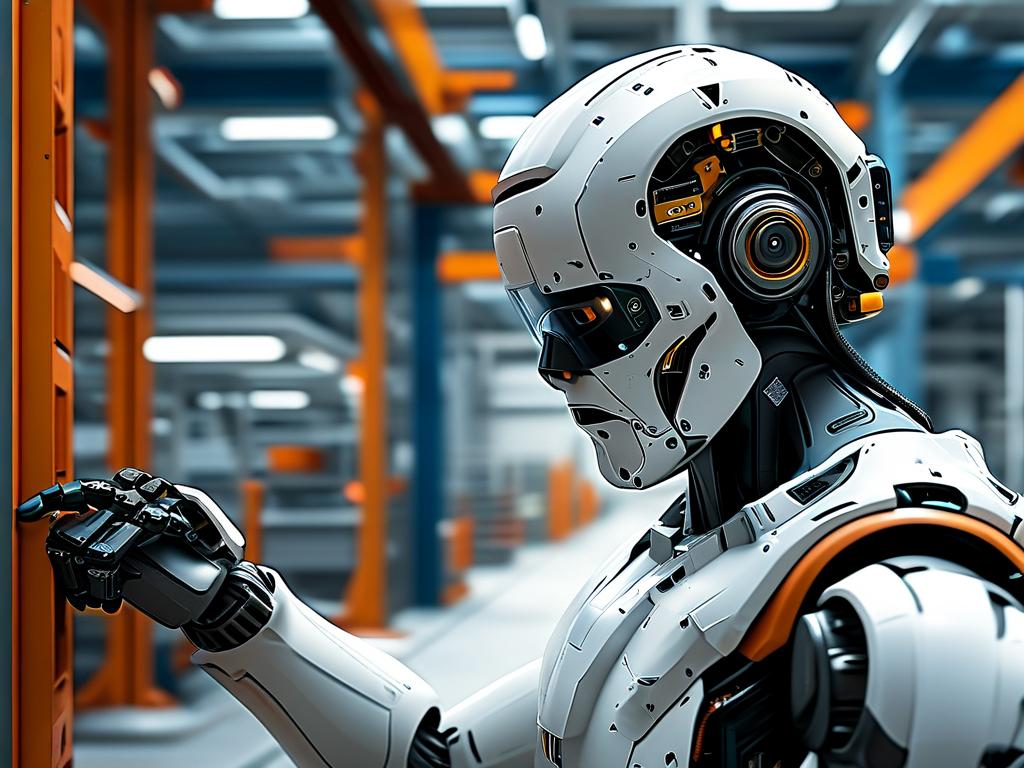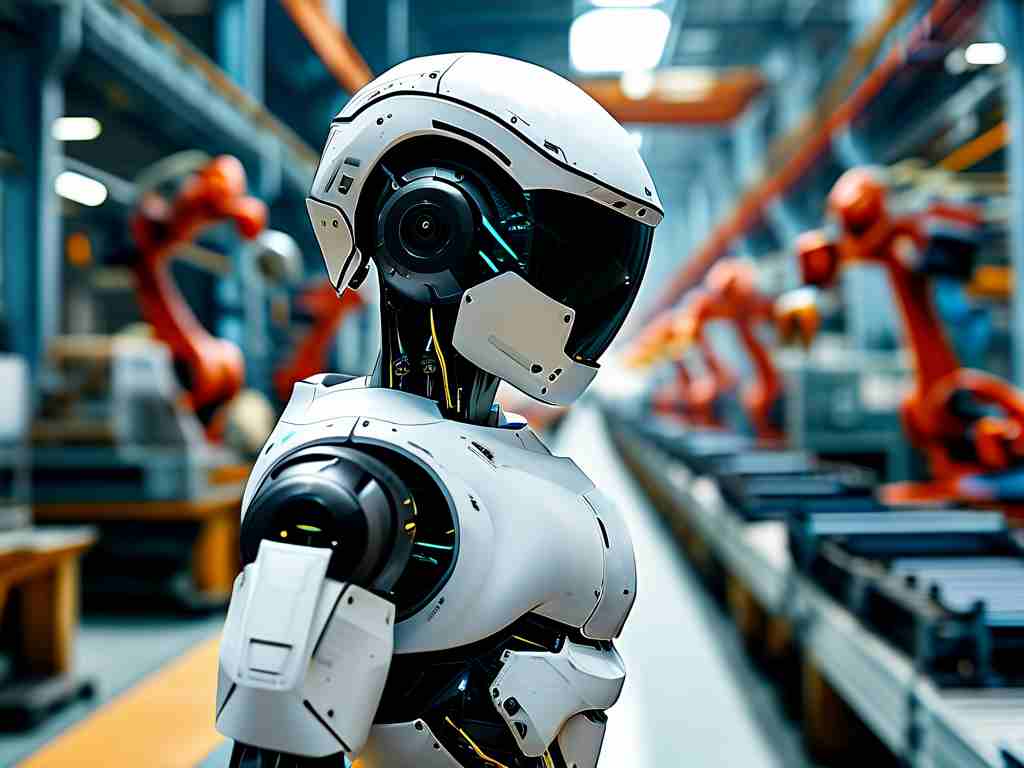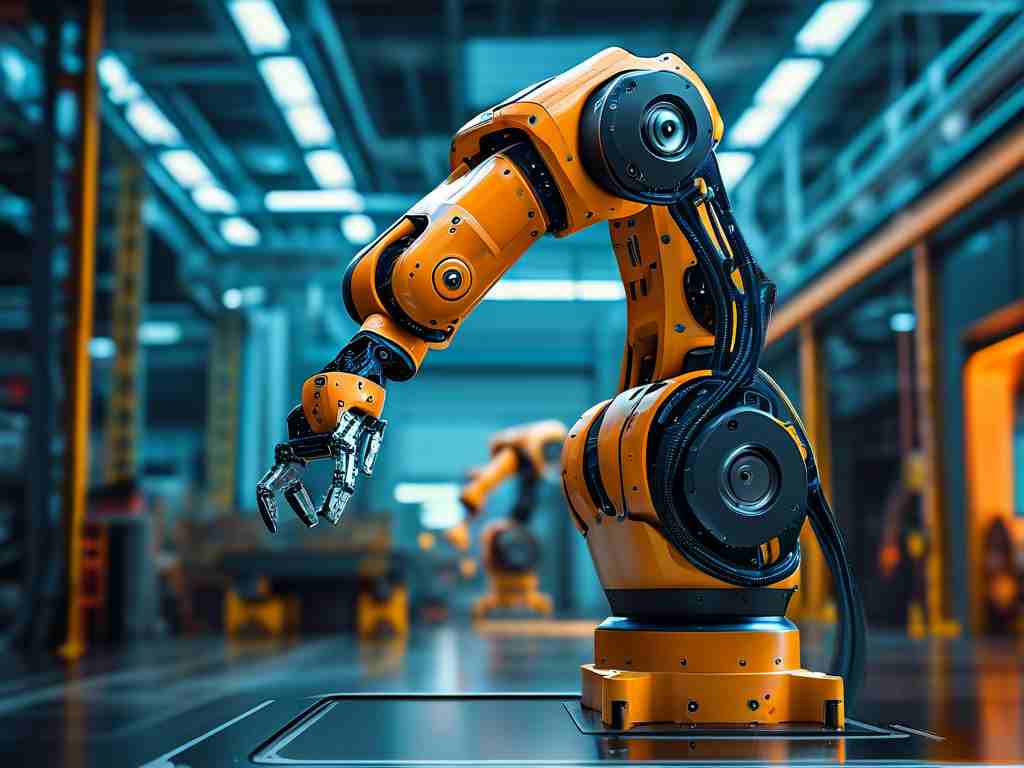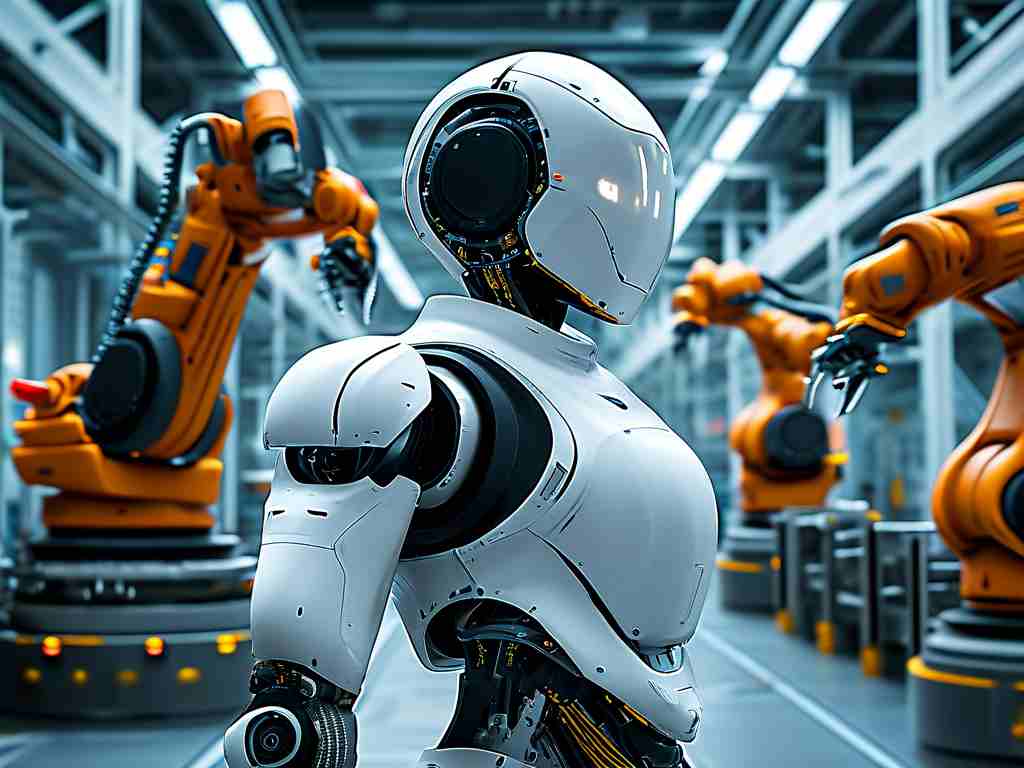Effective thermal management is a cornerstone of modern robotic systems, ensuring operational stability and longevity across industries. At its core, robotic temperature control technology relies on dynamic monitoring, adaptive cooling mechanisms, and predictive algorithms to maintain optimal operating conditions. This article explores the underlying principles and real-world implementations of these systems.
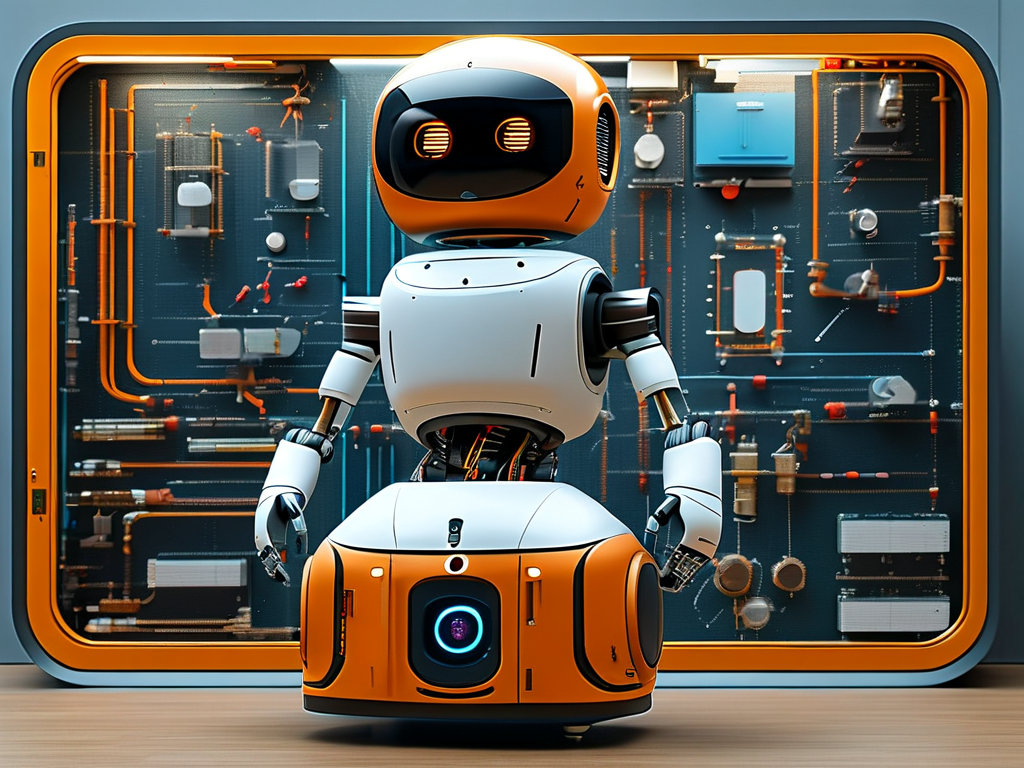
Sensor-Driven Thermal Monitoring
Robotic thermal control begins with precision sensors embedded in critical components such as motors, processors, and power units. Thermocouples and infrared sensors continuously capture temperature data at rates exceeding 100 readings per second. These sensors feed real-time information to microcontrollers, creating a closed-loop feedback system. For instance, in industrial robotic arms, temperature spikes in servo motors during high-torque operations trigger immediate countermeasures.
Adaptive Cooling Strategies
Modern systems employ hybrid cooling architectures combining passive and active methods. Phase-change materials (PCMs) in joint assemblies absorb excess heat during peak loads, while liquid cooling circuits activate when thresholds exceed predefined limits. Collaborative robots in electronics manufacturing demonstrate this dual approach: graphene-based heat spreaders manage routine thermal loads, with piezoelectric fans engaging only during prolonged soldering operations.
Algorithmic Temperature Regulation
Machine learning models now enhance traditional PID (Proportional-Integral-Derivative) controllers. These algorithms analyze historical thermal patterns and environmental variables to predict thermal stress. A warehouse logistics robot might adjust its motor usage rhythm based on both current ambient temperature and forecasted HVAC system performance, preventing overheating before sensors detect anomalies.
Material Science Innovations
Advancements in composite materials contribute significantly to thermal management. Ceramic-coated actuators in space exploration robots dissipate heat 40% more efficiently than conventional alloys, while self-healing polymers in underwater robotics automatically seal micro-cracks caused by thermal expansion.
Energy Efficiency Considerations
Smart thermal systems now integrate with power management modules. Solar-powered agricultural robots exemplify this synergy, where excess thermal energy from processing units gets converted to supplement battery charging through thermoelectric generators.
Case Study: Medical Robotics
Surgical robots demand extreme thermal precision. The da Vinci Surgical System employs triple-redundant thermal sensors in its endoscopic tools, maintaining a 0.1°C tolerance to prevent tissue damage. Liquid cooling channels with variable viscosity fluids adapt to different procedure durations, showcasing context-aware thermal management.
Future Directions
Emerging technologies like quantum dot thermal imaging and shape-memory cooling ducts promise revolutionary improvements. Researchers at MIT recently demonstrated a soft robot capable of modifying its surface texture to enhance heat dissipation, hinting at biomimetic thermal solutions.
As robotics permeate extreme environments from deep-sea exploration to nuclear decommissioning, thermal control systems will continue evolving. The integration of predictive maintenance protocols and eco-friendly refrigerants positions temperature management as both a technical discipline and sustainability imperative in robotic design.


